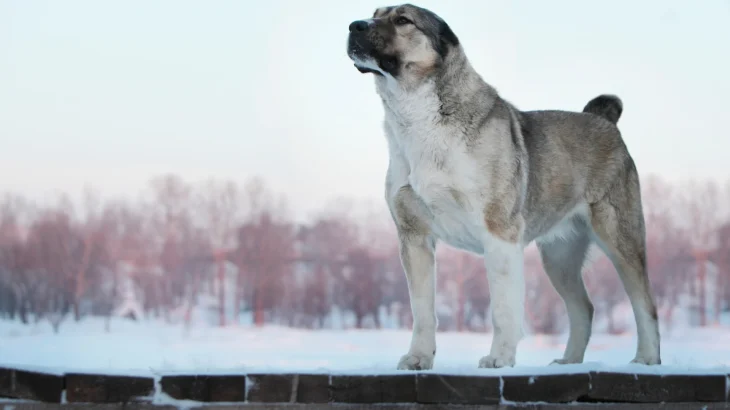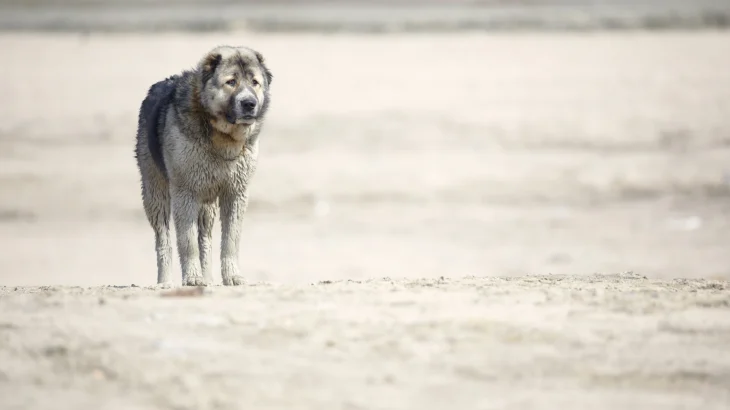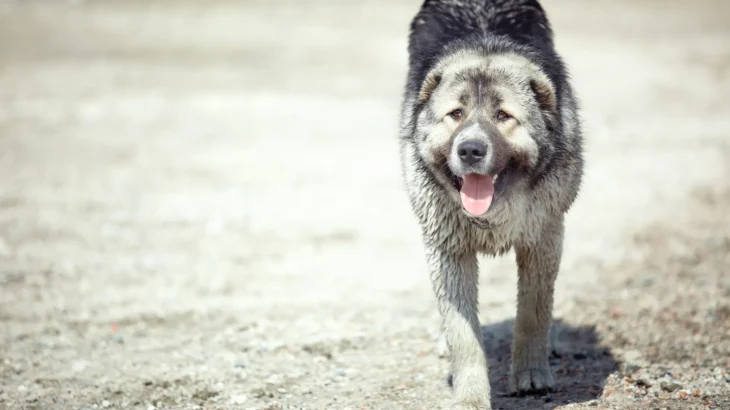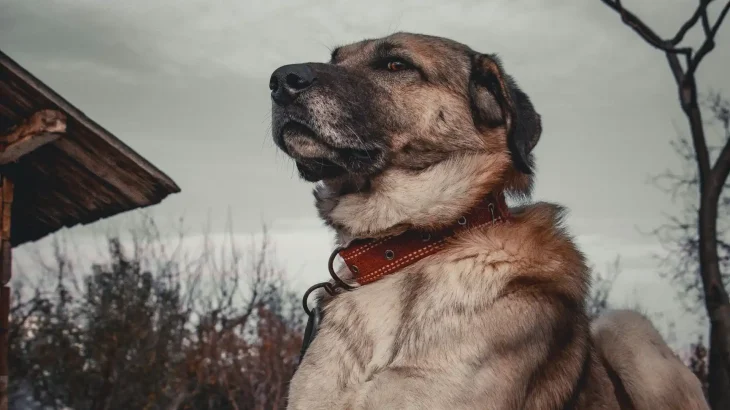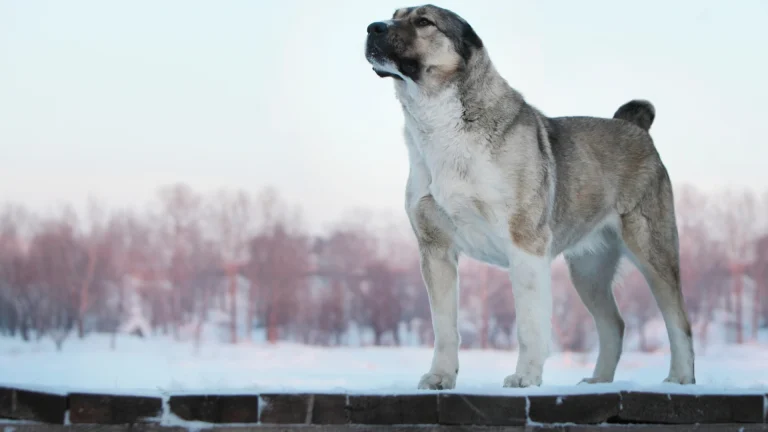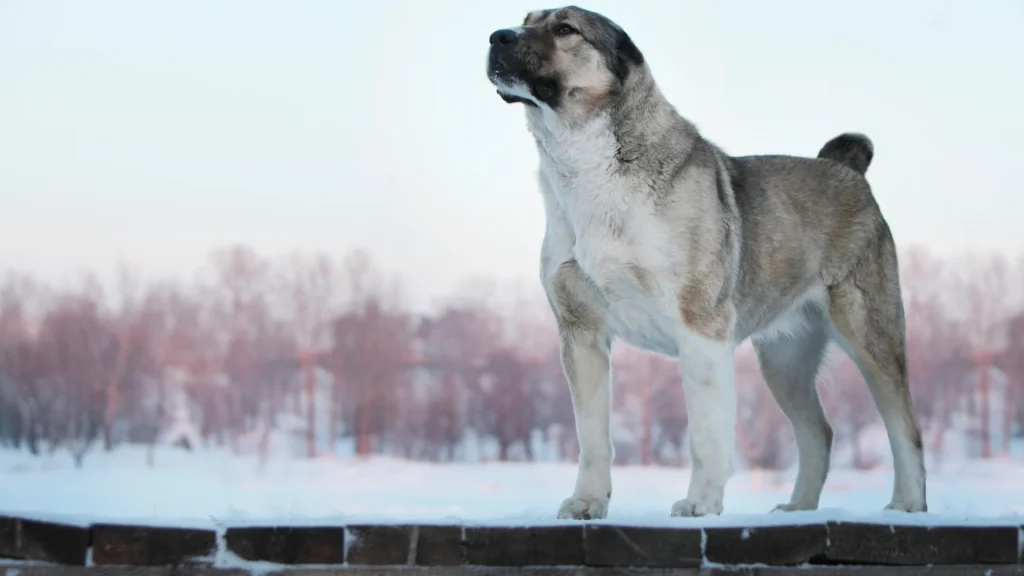Deciding whether to adopt or buy a Middle Asian Ovtcharka puppy primarily hinges on factors like health transparency, ethical concerns, and cost. Both options carry unique benefits and challenges, especially given the breed's specific needs and rarity.
Adoption vs. Breeder: Pros & Cons
| Criteria | Buying from Breeder | Adopting from Shelter/Rescue |
|---|---|---|
| Cost | Generally higher; purebred puppies can be expensive due to breeding and care expenses. | Usually lower adoption fees, making it more budget-friendly. |
| Health History | Detailed health and genetic screening often available from reputable breeders. | Health background may be unknown or limited but often includes basic veterinary checks. |
| Age Availability | Typically puppies, allowing early bonding and training. | All ages, including adults, which may suit different owner preferences. |
| Temperament Insight | Breeders provide insight into lineage temperament traits and socialization. | Temperament observed by shelter staff, though full history might be unclear. |
| Supporting Practices | Supports specialized breeding; important to verify ethical practices to avoid puppy mills. | Promotes animal welfare by rescuing dogs in need and reducing shelter populations. |
| Ethical Considerations | Ethical concerns depend on breeder's standards; can support preservation of breed. | Helps save a dog's life but may involve unknown ancestry and mixed genetics. |

